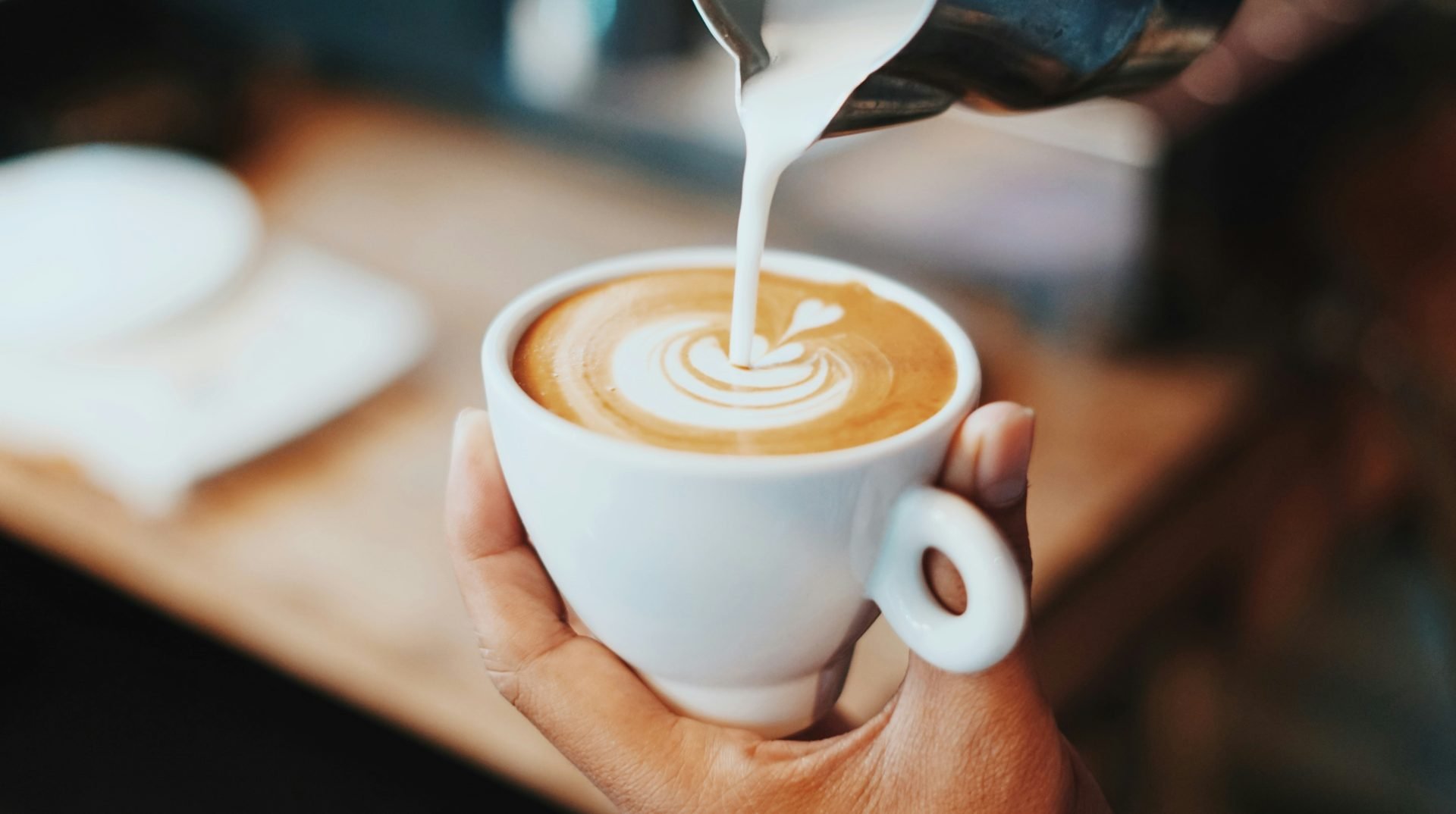Coffee. A global ritual, a daily habit, a cultural symbol, and for the vast majority, a non-negotiable morning necessity. Considering that over 2 billion cups of coffee are consumed worldwide every day, it’s impossible to imagine that there was a time when the beverage was little-known and wasn’t available everywhere.
Here, we focus on how this humble bean, originally chewed in the Ethiopian highlands, grew into one of the world’s most consumed drinks.
The Origin of Coffee

To better understand how coffee became a world-famous drink, let’s dissect its origin. Obviously, it’s impossible to tell who was the first to discover that coffee is edible, as it happened when documentation wasn’t a thing.
However, most historians agree that Kaldi, an Ethiopian goat herder, discovered coffee around the 19th century. As he looked after the goats, he noticed they had unusual energy after consuming red berries from a specific plant. Curious, Kaldi tried the berries, too, and experienced a similar burst of energy.
Soon, the coffee berries became synonymous with religious leaders. They relied on the “magical plant” to remain awake for longer so they could practice their spiritual rituals. As time passed, people began to boil the beans into a drink. This was the first form of coffee as we know it today.
As earlier mentioned, this version of the origin of coffee is the one that is mostly agreed upon. However, it is not verified and is more of a folklore.
Coffee’s Boom in The Arabian Peninsula
While it’s true that coffee was discovered and first used in Ethiopia, its first real boom was in the Arabian Peninsula, particularly in Yemen. Around the 15th century, Sufi monks used the beverage to stay alert for their late-night prayers. Soon, the drink spread rapidly through Cairo, the Ottoman Empire, and Mecca.
The major cities around this area had coffee houses known as qahveh khaneh. Here, people met to drink coffee, have intellectual discussions, tell stories, or play chess. It became so popular that people referred to it as the “wine of Islam.” The drink stimulated its lovers without going against the religious rules of intoxication. By the 16th century, coffee was already a household drink in the Middle Eastern culture.
Coffee in Europe
Coffee reached Europe in the 17th century. However, unlike in Ethiopia and the Arabian Peninsula, where it was met with open arms, Europeans were suspicious of the drink at first. It was so bad that some people referred to it as the “bitter invention of Satan.”
The drink’s saving grace was Pope Clement VII, who tasted it and reportedly said, “This devil’s drink is so delicious, we should cheat the devil by baptizing it.” Following approval from the church, coffeehouses sprang up across the continent.
In England, the coffee houses were known as “penny universities.” It was believed that anyone who could afford a cup of coffee could participate in lively intellectual discussions. These establishments had grown into hubs for literature, political discussions, and commerce within no time.
While at it, did you know that the famous Lloyd’s of London insurance company started as a coffeehouse where ship owners and merchants would meet?
Coffee’s Rise from Suspicion to a Factor of Colonialism
The more the love for coffee amongst the Europeans grew, the higher the demand grew. It reached a point where coffee was so famous that colonial powers sought to control and expand its cultivation.
Initially, Arabs had the monopoly over coffee supplies and sales. They grew the plant in Java (now a part of Indonesia) in the 1600s. The Dutch became the first European country to break this monopoly. They were soon followed by the French, Spanish, and Portuguese, who introduced the drink to the Caribbean, Central and South America, and some parts of Africa.
Unfortunately, as the love of coffee gained traction worldwide, so did its dark side. For instance, coffee cultivation was one of the reasons why the transatlantic slave trade grew so fast. Enslaved Africans were brutally forced to work on coffee plantations.
Coffee in the Americas
Today, you cannot imagine the Americas being the last region to hop onto a trend. However, regarding coffee distribution and popularity, the Americas were the last to accept the drink. Coffee became popular in the Americas in the 18th century, particularly after the Boston Tea Party in 1773. Interestingly, drinking tea at the time was considered politically unpatriotic, further boosting coffee’s popularity as an alternative.
By the 19th century, coffee was a force to reckon with in the Americas. Americans had made innovations in roasting, brewing, and packaging, making the drink more accessible. Heavyweight brands such as Maxwell House and Folgers started at this time.
How the Café Culture Came to Be

Coffee’s social role continued to evolve through the 20th century, when the café culture emerged. They first started in Europe, with Paris and Vienna at the core. These joints attracted artists, thinkers, and writers who benefited from coffee’s energy boost.
It wasn’t until the 1960s and 1970s that the café culture reached the United States. They started as small roasters and independent coffee shops emphasizing quality, origin, and brewing technique. The foundation of what is now known as the “Third Wave” of coffee was built here.
The famous Starbucks started in 1971 in Seattle. It boosted global coffee popularity by introducing variations like espresso-based drinks like lattes and cappuccinos. The emergence of heavyweight coffee sellers like Starbucks and competitors transformed coffee from just another drink to a lifestyle.
How Popular Is Coffee Today?
Studies show that over 2.25 billion cups of coffee are sold per day. To put this into perspective, only oil is traded more than coffee. More variations of the drink emerge every other time, with the current famous ones being Italian espressos, Ethiopian pour-overs, Vietnamese iced coffee, and Turkish coffee.
